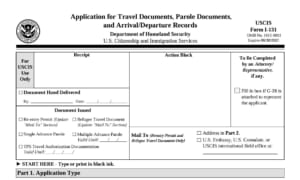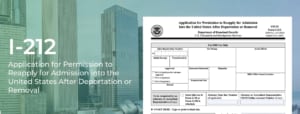 As predicted, the U.S. Department of State now lists India on its July 2019 visa bulletin in the EB-5 visa category with a final action priority date of May 1, 2017. This should be no surprise to the industry as the Department of State has been advising for some months that India was likely to reach its per-country annual limit in late spring or early summer. However, this may come as a surprise to many Indian investors who have filed I-526 Petitions in the past year who may have not been advised that they would become subject to a waiting period for the EB-5 visa.
As predicted, the U.S. Department of State now lists India on its July 2019 visa bulletin in the EB-5 visa category with a final action priority date of May 1, 2017. This should be no surprise to the industry as the Department of State has been advising for some months that India was likely to reach its per-country annual limit in late spring or early summer. However, this may come as a surprise to many Indian investors who have filed I-526 Petitions in the past year who may have not been advised that they would become subject to a waiting period for the EB-5 visa.
In visa categories which are oversubscribed, such as the EB-5 visa category, an applicant’s place in line for a visa is based on the date an I-526 Petition is filed for the immigration benefit. A final action date under the EB-5 category in the visa bulletin means that visas are only available for investors who filed I-526 Petitions before that date, called the “priority date”. In the July 2019 visa bulletin, India’s priority date is set as May 1, 2017.
For Chinese and Vietnamese EB-5 investors, the visa bulletin final action priority dates remained unchanged for China at October 1, 2014 and Vietnam at October 1, 2016. The July 2019 visa bulletin notes that:
“India and Vietnam will each reach their per-country annual limit during July. This has resulted in the Vietnam date being held, and has required the imposition of a July final action date for India.
For August, both countries will become subject to the same final action date which applies to China-mainland born Employment Fifth preference (E5) applicants, and they will be for the remainder of the fiscal year.
Such action will only be temporary, with the E5 date for each advancing for October, the first month of fiscal year 2020, as follows:
India: Most likely advancing to the summer or fall of 2017.
Vietnam: Most likely advancing to the fall or early winter of 2016”
For more information and explanation on the visa bulletin, the priority date, and the EB-5 immigrant visa, please contact Enterline and Partners at:








